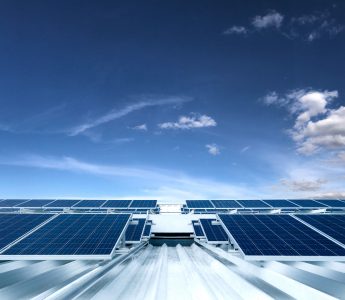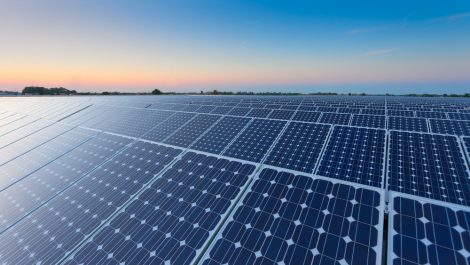Distributed Generation for Tomorrow’s World and Beyond
Arguments against the installation of rooftop solar and distributed generators have been ongoing for years. While many companies see distributed generation (DG) as an unnecessary capital expense, the value of adding a power system based on DG (even a small part) can actually save money versus consuming power generated from hundreds of miles away by the conventional means.

The demand for other options for power has been an increasingly hot topic recently as California has been hit with more power shutdowns, leaving many residents in the dark for days at a time. The need for a power system based on DG became a lot clearer to the residents of California after the most recent blackouts in October have affected more than 700,000 customers.
Keeping the Lights on During Blackouts
To keep the potential threat of devastating wildfire breakouts caused by power-lines at bay, the California utility company Pacific Gas & Electric Company, has been implementing public safety power shutoffs for over half a million residents in Northern California throughout the month of October. Within the first two weeks of the month, we saw a staggering 738,000 residents lose power and according to the latest news from PG&E, it looks like these threats continue—as late as October 29th, PG&E released a statement declaring more public safety power shutoffs are imminent as they track another round of severe heavy winds. This news could affect over 30 counties across Northern and Central California.
PG&E’s mandatory shutdowns have been leaving hundreds of thousands of customers in the dark. With these blackouts becoming more common, people are seeing the advantage of solar power and battery storage to keep their homes and facilities online. California businesses and residences have realized now that they need to become more resilient against these happenings.
New Abnormal
While most Californians know that simple rooftop solar systems aren’t going to provide enough power in the event of a system wide shut off, solar storage systems such as solar batteries can help keep homes plugged in at a normal consumption level. In the event of a disaster or power outage, being able to communicate is key and residents have become increasingly aware of this need.
Sunrun, the leading residential solar company in the United States, is estimating that over 25% of their new customers will be purchasing the Brightbox Battery System, which is a storage service that generates, stores and manages solar energy—putting the consumer in control, letting you choose how much energy you want to backup and when incase of a blackout.
Community Microgrids
In some areas, talks of installing community microgrids to keep critical facilities, like hospitals, fire stations and schools online during a blackout have been considered. The community microgrid would be connected to the main power grid, but the benefit would be that during an outage, the community microgrid would have the option to isolate itself and keep running, powering important facilities and fundamentals because of the use of solar battery storage systems.
What’s Next?
With the addition of new, distributed generators like rooftop solar and wind turbines, this could greatly reduce the need for new power lines, lessening the risk of deadly wildfires. In California’s 2017-2018 transmission plan, the grid operator had cancelled over a dozen new transmission projects, while revising 21 more due to solar and energy efficiency forecasts, saving California $2.6 billion on power lines. While there are some roadblocks and technicalities that still need to be overcome, (like effective net metering) Clean Coalition, an advocacy group for locally produced energy, has set a goal for the year 2025 of 25% of electricity demand to be generated from local renewables.
Climate-related disasters aren’t going away (they’re increasing in fact) and many residents, associations and businesses are aware of this. EnergySage, a marketplace for consumers to research and shop for solar options online, saw the interest of energy storage spike by 11% in the blackout areas of California over the span of a year. While many companies and coalitions are working on programs highlighting the worth of solar energy, we’re not quite there yet. The solar market is still in its early stages but the desire to keep the power on—by a different means that what we’re used to—grows with each passing blackout.
Here at Intersect Energy, we’re an on-site energy company that has developed many solar, CHP, fuel cell and wind projects. All our projects are done with the highest quality materials and our team of expert technicians provide the best craftsmanship to wholly maximize economic benefits for our clients. To keep up with all the latest news in the world of renewable energy, make sure to follow us on LinkedIn!
